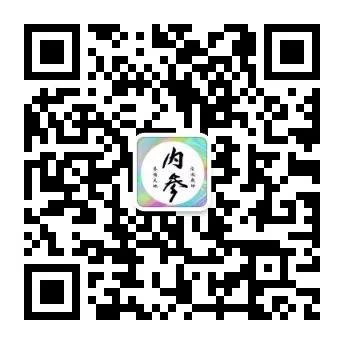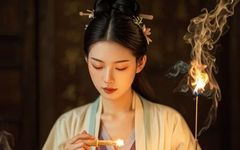👍Click the above to follow our WeChat public account for health tips
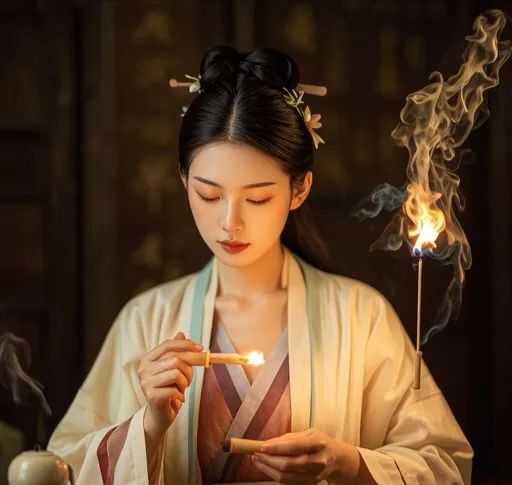 Moxibustion, as a treasure of Traditional Chinese Medicine (TCM), has been passed down and developed over thousands of years, continuing to safeguard people’s health today. Its unique efficacy and gentle adjustment methods have garnered increasing attention and affection from many. Today, let us delve into the magical world of moxibustion.
Moxibustion, as a treasure of Traditional Chinese Medicine (TCM), has been passed down and developed over thousands of years, continuing to safeguard people’s health today. Its unique efficacy and gentle adjustment methods have garnered increasing attention and affection from many. Today, let us delve into the magical world of moxibustion.
1. Historical Origins of Moxibustion Moxibustion originated in ancient times when people discovered that burning moxa (mugwort) and other flammable materials on certain body parts could alleviate or eliminate pain. This gradually formed a unique therapy. The classic TCM text, Huangdi Neijing (The Yellow Emperor’s Inner Canon), records moxibustion, and since then, generations of physicians have enriched and perfected its theory and practice.
2. Principles of Moxibustion Moxibustion primarily uses the heat and medicinal properties generated by burning moxa to provide thermal stimulation to specific acupuncture points, aiming to unblock meridians, harmonize Qi and blood, balance Yin and Yang, and strengthen the body while expelling pathogens. When moxa burns, it releases various beneficial chemical components, such as volatile oils, which penetrate the skin and exert anti-inflammatory, analgesic, and immune-regulating effects.
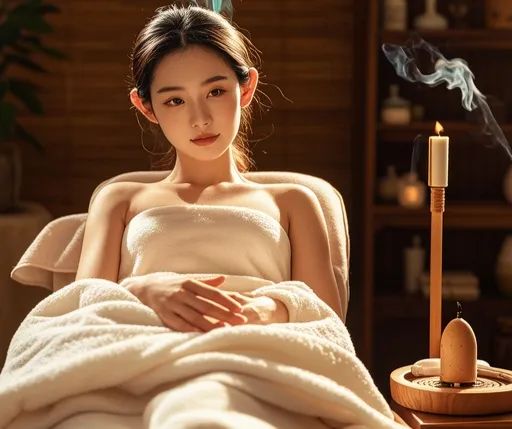
3. Types of Moxibustion 1. Direct Moxibustion: Placing moxa cones directly on the skin, which can be further divided into scar moxibustion and non-scar moxibustion. 2. Indirect Moxibustion: Using a medium between the moxa and the skin, such as ginger moxibustion, garlic moxibustion, or salt moxibustion. 3. Gentle Moxibustion: Holding a moxa stick at a certain distance from the skin to provide heat. 4. Rotating Moxibustion: Moving the moxa stick in a circular motion above the acupuncture point.
Here are some common moxibustion techniques and detailed operations:
1. Gentle Moxibustion:
– Operation: Ignite one end of the moxa stick, direct it towards the acupuncture point or area, maintaining a distance of about 2-3 cm from the skin to create a warm sensation without burning. Generally, each area is treated for 10-15 minutes.
2. Rotating Moxibustion:
– Operation: Ignite the moxa stick, keeping a certain distance from the skin, and move it back and forth or rotate it repeatedly above the treatment area to create warmth without burning.
3. Pecking Moxibustion:
– Operation: After igniting the moxa stick, move it up and down like a bird pecking, intermittently stimulating the acupuncture point.
4. Ginger Moxibustion:
– Operation: Cut fresh ginger into slices about 0.2-0.3 cm thick, puncture several holes with a needle, place it on the acupuncture point, and then place an ignited moxa cone on top. When the moxa cone burns out, replace it and generally perform 5-10 cones.
5. Garlic Moxibustion:
– Operation: Take fresh garlic, cut it into slices about 0.2-0.3 cm thick, puncture several holes in the middle, place it on the acupuncture point, and then apply moxibustion.
6. Salt Moxibustion:
– Operation: Fill the navel area with pure, dry salt to level with the navel, then place a large moxa cone on top.
7. Moxa Box Moxibustion:
– Operation: Insert the moxa stick into the holder inside the moxa box, ignite it, and then place the box on the area needing treatment, allowing multiple acupuncture points to be treated simultaneously.
8. Warm Needle Moxibustion:
– Operation: First, insert a needle into the acupuncture point until Qi is obtained, then pinch moxa onto the needle handle and ignite it, or place a section of moxa stick on the needle handle and ignite it, allowing heat to transfer through the needle into the body.
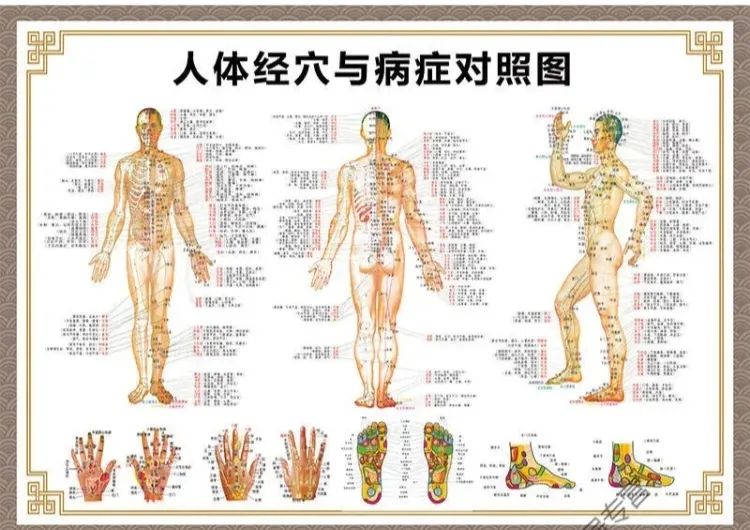
Here are some common acupuncture points for moxibustion and their effects, along with related cases:
Zu San Li (足三里): – Effect: Regulates the spleen and stomach, tonifies Qi, unblocks meridians, dispels wind and dampness, strengthens the body and expels pathogens. – Case: Mr. Li often experienced abdominal bloating and indigestion. After consistently using moxibustion on Zu San Li for a period, his gastrointestinal function improved significantly, and bloating symptoms decreased.
Guan Yuan (关元): – Effect: Tonifies the kidneys, warms Yang, and stabilizes the body. – Case: Ms. Wang had issues with cold uterus and dysmenorrhea. After moxibustion on Guan Yuan for a period, her dysmenorrhea symptoms alleviated, and her menstrual cycle became more regular.
Zhong Wan (中脘): – Effect: Harmonizes the stomach, strengthens the spleen, descends rebellious Qi, and promotes urination. – Case: Mr. Zhao frequently experienced stomach pain and acid reflux. After moxibustion on Zhong Wan combined with other points, his stomach discomfort gradually disappeared.
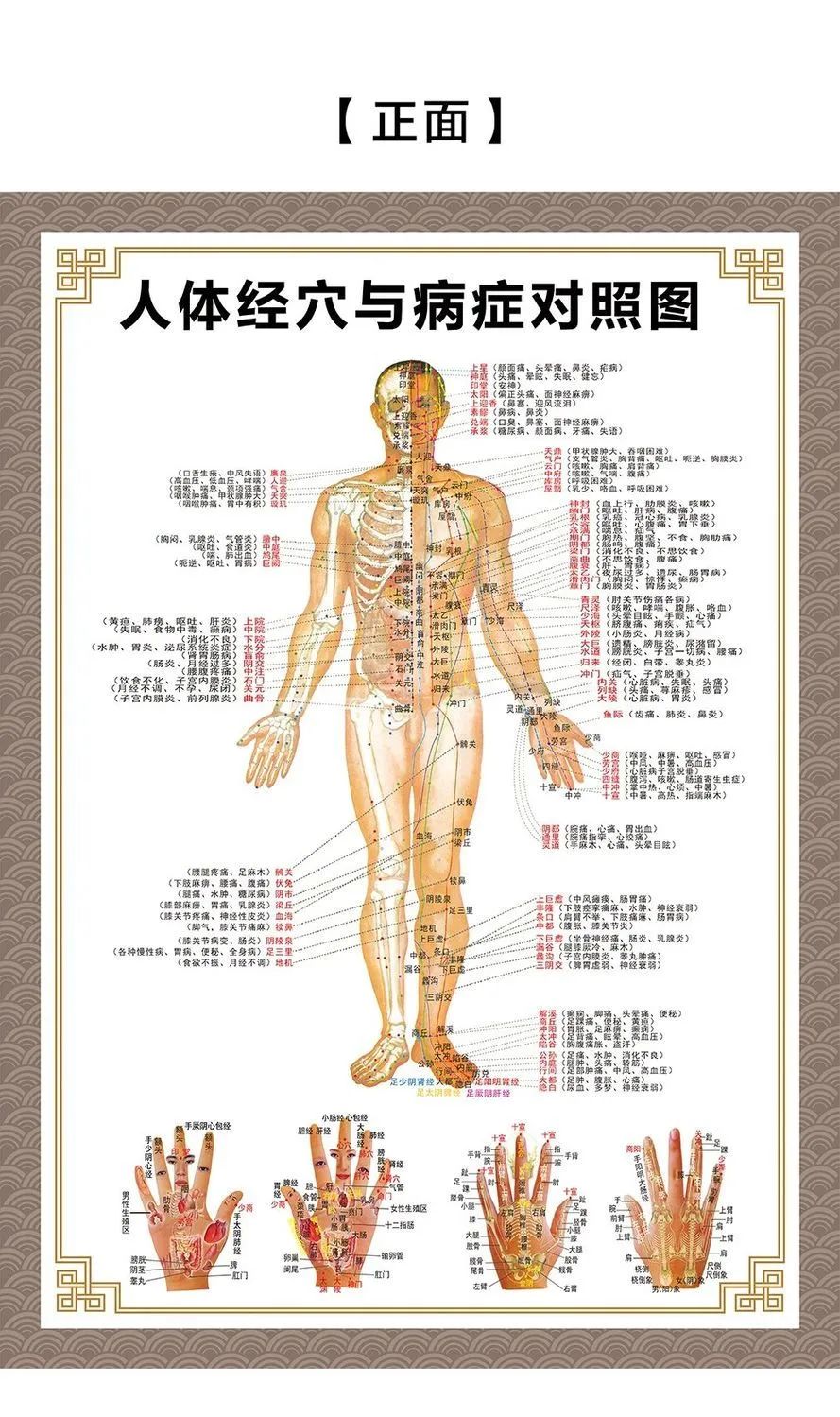
Shen Que (神阙): – Effect: Warms Yang, rescues from collapse, promotes urination, and stabilizes the body. – Case: Ms. Sun had a cold constitution with cold hands and feet. After moxibustion on Shen Que for a period, her hands and feet became warmer, and she felt more energetic.
Yong Quan (涌泉): – Effect: Nourishes Yin, benefits the kidneys, calms the liver, opens the mind, and regulates urination. – Case: Mr. Liu had poor sleep quality. After moxibustion on Yong Quan, his sleep improved.
Da Zhui (大椎): – Effect: Releases the exterior, clears heat, dispels wind and cold, stops spasms, and calms the heart. – Case: Ms. Zhang frequently caught colds. After moxibustion on Da Zhui, her immunity increased, and the frequency of colds significantly decreased.
Ming Men (命门): – Effect: Tonifies the source Qi, strengthens the lower back and knees. – Case: Mr. Chen often experienced weakness in his lower back and knees. After moxibustion on Ming Men, his lower back strength improved.
It is important to note that each person’s constitution and condition are different, and the effects of moxibustion may vary. It is best to choose appropriate acupuncture points and methods under the guidance of a professional. Additionally, moxibustion is not suitable for everyone; special populations such as pregnant women and those with high fever should use it cautiously.
4. Effects of Moxibustion 1. Pain Relief: Moxibustion has a good analgesic effect for various painful conditions, such as neck, shoulder, back, and leg pain, and arthritis. 2. Regulating Cold Constitution: It can effectively improve conditions of Yang deficiency, cold hands and feet, and spleen and stomach coldness. 3. Enhancing Immunity: It helps to improve the body’s resistance and prevent colds and other diseases. 4. Beauty and Skin Care: It can promote blood circulation and improve dull complexion and pigmentation issues. 5. Regulating Endocrine: It has a certain auxiliary therapeutic effect on diseases caused by endocrine disorders.
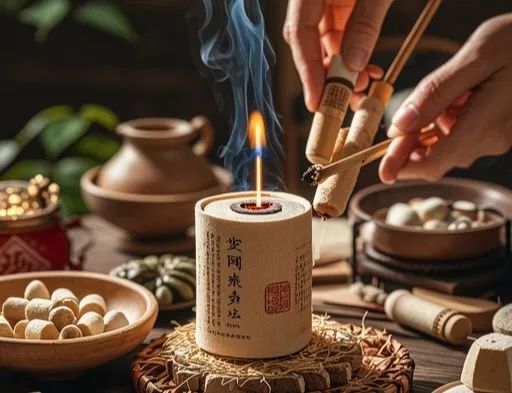
5. Precautions for Moxibustion 1. Avoid Burns: Pay attention to controlling temperature and distance during moxibustion to prevent burns. 2. Choose Appropriate Acupuncture Points: Accurate identification of acupuncture points should be done under professional guidance. 3. Time Management: Each acupuncture point should not be treated for too long, generally around 15-30 minutes. 4. Contraindicated Populations: Pregnant women, those with high fever, and individuals with skin allergies should use moxibustion cautiously. 5. Post-Moxibustion Care: Avoid exposure to wind and cold, and do not bathe immediately after treatment.
6. Case Studies Case 1: Ms. Wang, who suffered from cervical spondylosis, frequently experienced neck and shoulder pain, stiffness, and even dizziness and headaches. After being introduced to moxibustion, she began to try it 3-4 times a week, mainly selecting Da Zhui and Feng Chi acupuncture points. After a period of treatment, her neck and shoulder pain significantly reduced, and her dizziness and headaches improved.
Case 2: Mr. Li, due to work stress, often stayed up late, leading to decreased immunity and frequent colds. After learning that moxibustion could enhance immunity, he began to perform moxibustion at home on Zu San Li and Guan Yuan acupuncture points. After a period of persistence, the frequency of his colds significantly decreased, and his overall health improved.
Case 3: Ms. Zhang had a dull complexion and severe pigmentation issues. On the advice of a beauty salon, she began to combine moxibustion with beauty treatments. She selected facial acupuncture points and some points to regulate Qi and blood, while also adjusting her diet and lifestyle. After a few months, her complexion became noticeably rosy and radiant, and her pigmentation faded.
7. Inheritance and Development of Moxibustion With the development of modern technology, moxibustion is also continuously innovating and evolving. Various new moxibustion devices, such as electronic moxibustion instruments, have emerged, making moxibustion more convenient and safe. At the same time, more research institutions are conducting in-depth studies on the efficacy of moxibustion, providing scientific evidence for its promotion and application. Moxibustion, this ancient and magical therapy, carries the wisdom and experience of thousands of years of the Chinese nation. It is not only a means of treating diseases but also a way of health preservation. Let us cherish and inherit this precious cultural heritage, allowing moxibustion to add more brilliance to our healthy lives. Dear friends, if you are also interested in moxibustion, or if someone around you needs it, feel free to share this article so that more people can understand the wonders of moxibustion and enjoy the health and beauty it brings!
Click the QR code below to never lose your way in health
